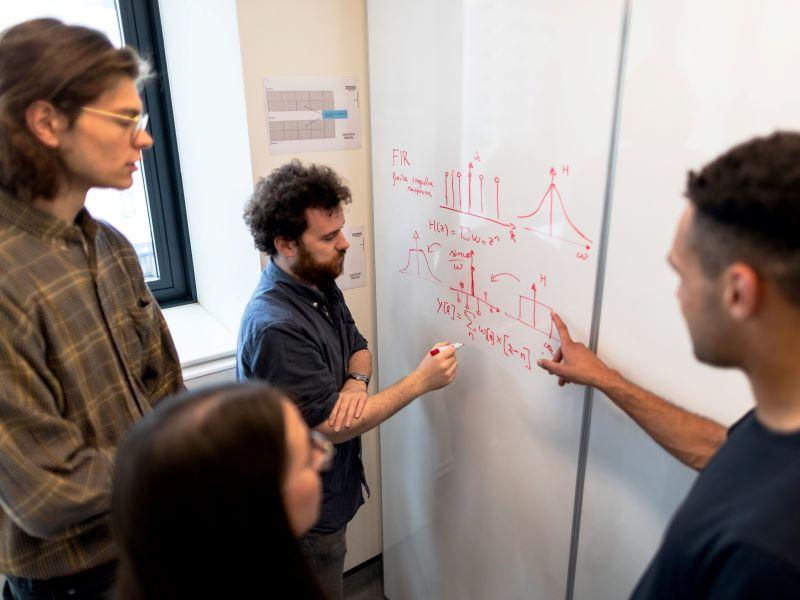
Designing ‘knowledge checker’ quizzes that motivate students to review feedback and revise learning

Assignment feedback is key to helping students improve and correct their understanding so they can build upon solid foundations of knowledge as their course progresses.
Yet, traditionally only about 30 per cent of students review their assignment feedback in my experience of teaching. This feedback consists of answers to quizzes and/or comments on how to improve the quality of their writing.
Having experimented with different forms of feedback – written remarks, reports, pre-recorded video discussions – I’ve found the engagement level remains at around 30 per cent.
Content in the second half of the semester builds upon foundations laid in the first half meaning students start to struggle with the course if they do not address flaws in their understanding early. There is a direct correlation between students who appear to find the subject matter more difficult and those who do not review feedback.
So why is this?
It is not because students are lazy but because they struggle to find the time and often have little immediate incentive to review feedback for something that has already been graded when they have other assignments to work on.
So feedback is most effective when it is shared with students while they are still working on the assignment. They are more inclined to review feedback and improve their understanding of the module while it is still within their power to earn a better grade.
Revamping quiz structures
Many rounds of trial and error have revealed an effective way to encourage students to review feedback is by redesigning the way we think about online quizzes, especially regularly administered quizzes such as lecture quizzes.
The traditional quiz is often structured as a summative assessment evaluating the student’s mastery of the subject, and students can find such quizzes very stressful.
A more effective way to structure quizzes is through formative assessments. These are learning exercises that help students apply methods they have learned during the course. I call these “Knowledge Checker Quizzes”, as they are designed to help students discover and address gaps in their understanding.
Students can attempt the quiz five times and I will take the scores from their latest attempt to prevent the use of brute-force methods. Experience shows five is a good number of attempts to allow, providing students with more than enough rounds to succeed – from the data, most students can score full marks within three attempts – without getting frustrated from having countless re-dos.
Students can see the quiz score only after each submission. This prevents students from gaming the quiz to identify the right answers without properly understanding the content.
Not all students like this method, but this process does push them to thoroughly review all the resources and feedback that have been provided.
Support for students
Two forms of support are in place to help students refine their understanding of the module. The first is general feedback on the quiz questions. This provides them with enough clues for them to reflect on and re-evaluate their answers.
If they find themselves unsure, or discover gaps or flaws in their knowledge, the second form of support kicks in.
We provide a Question and Answer resource. Each Knowledge Checker Quiz has its own Q&A resource listed as a Google Docs link available in the quiz notes. I specifically use Google Docs because it allows students to access the latest version should the Q&A section be revised or updated.
When creating a Q&A document, I first populate it with clarifications and tips to help students work on the assignment. This includes further discussions on issues that were not discussed during lectures, and some common questions that students might ask. Should I receive new queries from students, I will append them to the Q&A document, allowing me to easily refer students to these answers.
With all these resources in place, the quiz itself becomes a bit like a game. Students are expected to piece together the various clues from the lectures and these three resources: the quiz score from their earlier attempts, the general feedback to each question, and the resources in the Google Docs Q&A.
In the second semester of the academic year 2020 to 21, 73 per cent of students reported that the quizzes were rewarding and helped their confidence-building. The quizzes allowed them to score full marks through their own efforts, or in conjunction with active discussions based on the resources that we provided.
The quizzes and feedback structures successfully strengthened students’ foundational understanding, meaning significantly fewer – just 12 per cent – struggled with course fundamentals during the second half of the semester.
Jonathan Y. H. Sim is an instructor, Department of Philosophy, National University of Singapore.


